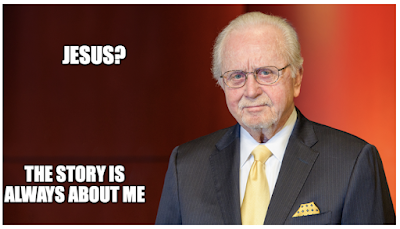And people wonder why so many look at today's Church of God being so confused:
John Miller began the presentation by explaining that a lot of energizing work went into the Strategic and Operation Plans that the committee will present and a lot of people contributed to them. The plans build on what has been done before and add to it.
The essence of what is before the Council came from a spontaneous moment in the August 2021 Council workshop during a discussion about Truth in Love. Truth in Love provides a roadmap to achieve the Church’s vision. The concept is simple enough that a child should understand it.
Turning the Page From Old to New: Aaron Dean said that adding scriptures to the plan would be beneficial to the entire Church. In the plan that is being presented, you will see the same plan in two different forms. The second layout is the recasting of the existing plan in a new light to help the Church to move ahead spiritually. It adds a spiritual scale alongside the existing physical elements.
The new plan format will allow pastors to give sermons based on the strategic plan. We expect significant enhancements and modifications to the proposed format in the coming years.
In the presentation, he demonstrated that markers in the old format Operation Plan show where the same elements show up in the restructured plan.
Mapping the Path Toward Living the Vision: John Miller reminded the Council of the Church’s vision statement and the importance of mapping a path to fulfill that vision. This plan will provide more opportunities for more engagement at a local level so that every member can do their part. There is a lot of pent-up opportunity for people to get more involved.
Truth in Love Map: Aaron Dean said that everyone in the world lives somewhere on the Truth in Love map. God the Father and Jesus Christ live in the upper corner of the top quadrant. Others live throughout the other quadrants. We seek to move on the grid toward a goal to “Be Like Him.” If you are in the top quadrant, no matter where you are in that quadrant, you are okay.
We hope that all elders and members will be in a culture of truth in love. We want to practice servant leadership and make meaningful relationships, practicing truth in love to become more like our Father in heaven. We all want to live in that top quadrant, but there has to be a change in each of us to change the culture of the Church.


